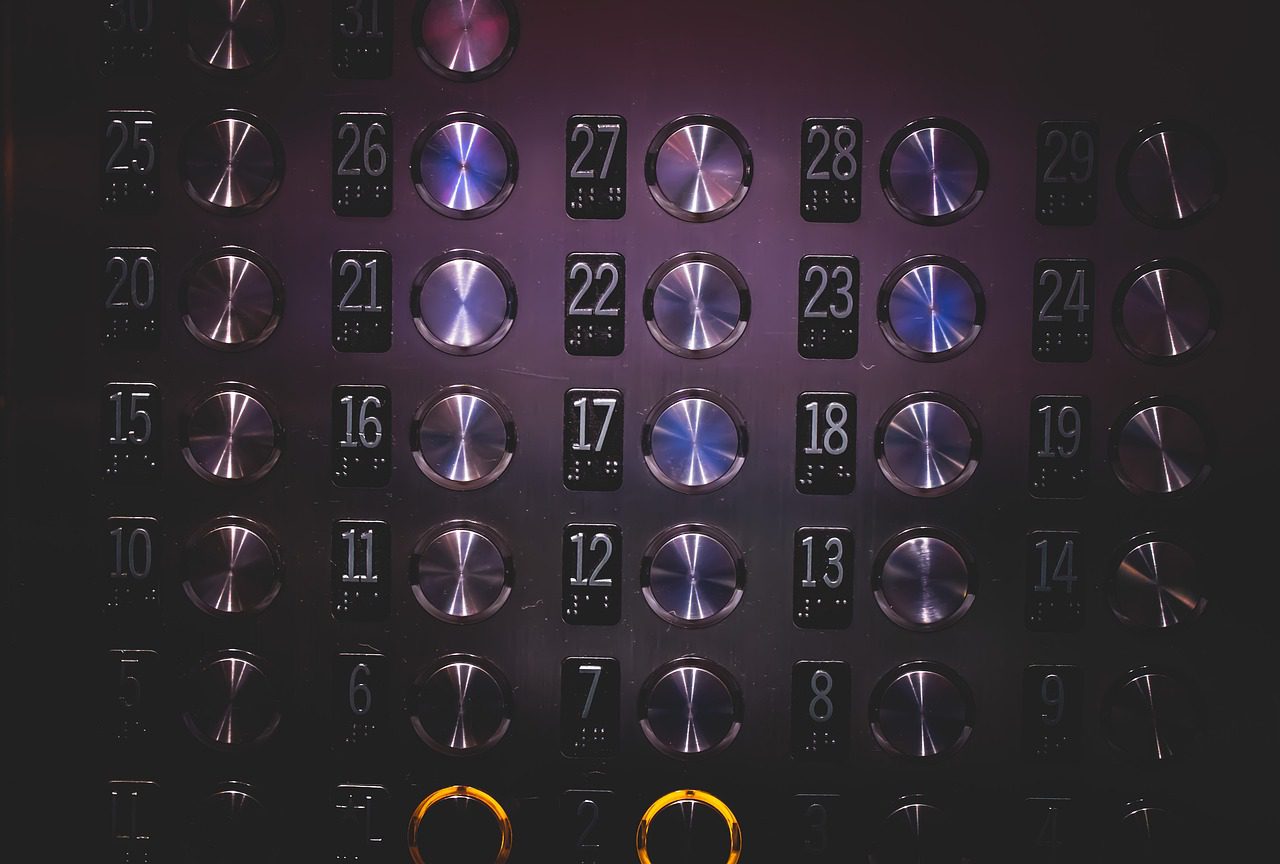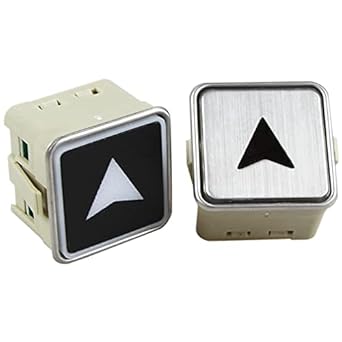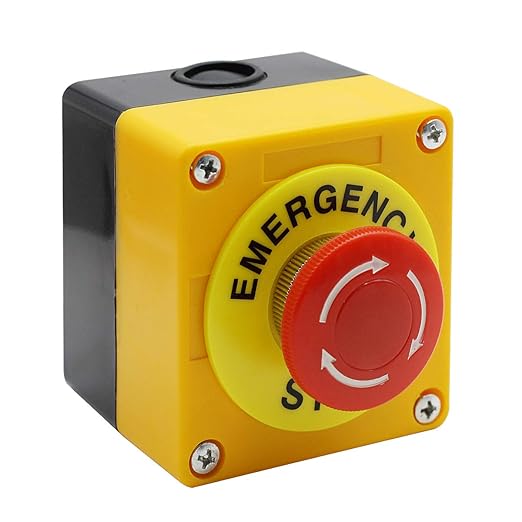Understanding the Basics of Elevator Buttons
Elevator buttons are a fundamental component of any building with multiple floors. These buttons ensure the safe and efficient movement of people. They are designed for easy use and durability, accommodating a large number of users daily.
Evolution of Elevator Button Design
Elevator buttons have evolved significantly over the years. Early designs were simple and functional. Today, modern buttons incorporate advanced technology, including touchscreens and voice activation. These advancements improve user experience and accessibility.
Types of Elevator Buttons
1 Traditional Push Buttons
Traditional push buttons are the most common type. They are reliable and straightforward, making them ideal for most buildings. These buttons light up when pressed, indicating the selection of a floor.
To place order through Amazon, you can click on each image.
2 Touch-screen Buttons
Touchscreen buttons are becoming increasingly popular in contemporary buildings. They offer a sleek design and can display additional information, such as advertisements or building directories. These buttons are easy to clean and maintain, contributing to a hygienic environment.
3 Touchless Buttons
During the COVID-19 pandemic, touchless buttons have gained popularity. Hitachi Elevators offers a touchless button equipped with a built-in infrared (IR) sensor. This sensor detects fingers approaching within 1 to 3 cm of the button surface, enabling contactless operation.

4 Elevator Disable Push Panel
The Elevator Disable Button is not just a legal requirement but a fundamental tool for promoting accessibility, independence, and equality for individuals with disabilities. By adhering to ADA regulations and incorporating such features, buildings create inclusive environments where everyone can move freely and safely, contributing to a more accessible and equitable society as a whole.
Safety Buttons
Elevator safety mechanisms are crucial for ensuring the well-being of passengers and maintenance personnel. Two key components in this safety system are the emergency push button and the pit stop switch.
Elevator Emergency Push Button
The emergency push button, often simply referred to as the “emergency button,” is a vital feature in elevators. It is usually located on the elevator control panel inside the car. Here are the primary functions and characteristics:
- Activation: When pressed, the emergency button immediately stops the elevator, halting its movement regardless of the floor it is approaching or departing.
- Communication: Activating the emergency button often triggers an alarm and can initiate a communication link with building security or emergency services. This allows trapped passengers to report their situation and receive instructions or reassurance.
- Accessibility: The button is typically positioned at a height that is accessible to all passengers, including those with disabilities.
- Visibility: It is usually brightly colored (often red) and marked clearly to ensure it can be easily located and operated in an emergency.
- Safety Protocols: When pressed, the emergency button might activate other safety protocols, such as turning on emergency lighting or stopping the elevator car at the nearest floor to facilitate a safe exit for passengers.
Pit Stop Switch
The pit stop switch is another critical safety feature, particularly relevant for elevator maintenance and inspection. Here’s a detailed look at its functions and characteristics:
- Location: The pit stop switch is located in the elevator pit, which is the space below the bottom floor level where the elevator car and counterweight travel.
- Function: This switch is designed to halt the elevator’s operation entirely, preventing it from moving while maintenance personnel are working in the pit area. It ensures that the elevator cannot be accidentally or remotely operated, protecting workers from potential injuries.
- Manual Operation: The pit stop switch is manually operated, meaning maintenance workers must physically engage the switch when entering the pit and disengage it when leaving.
- Safety Compliance: It is a standard requirement in most elevator safety codes and regulations, ensuring that all modern elevators have this critical safety feature installed.
- Inspection and Maintenance: During routine inspections, the pit stop switch is tested to ensure it functions correctly. Proper maintenance and periodic checks are necessary to guarantee its reliability.
Importance of Elevator Button Placement
Proper placement of elevator buttons is crucial for user convenience and accessibility. Buttons should be positioned at a height accessible to all users, including those in wheelchairs. Clear labeling is also essential to ensure users can easily find and press the correct button.
Safety Features in Elevator Buttons
Modern elevator buttons include several safety features. Emergency buttons allow users to call for help if the elevator malfunctions. Additionally, some buttons have braille for visually impaired users. These features enhance the overall safety and usability of elevators.
Maintenance and Durability
Elevator buttons are designed to withstand frequent use. Regular maintenance ensures they remain functional and responsive. Building managers should inspect buttons regularly and replace any that show signs of wear and tear. This upkeep is vital for maintaining a safe and efficient elevator system.
Future Trends in Elevator Button Technology
The future of elevator button technology is exciting. Innovations such as biometric access and AI integration are on the horizon. These advancements promise to make elevators even more user-friendly and secure. As technology continues to evolve, elevator buttons will likely become smarter and more intuitive.
Conclusion
Elevator buttons play a crucial role in the operation of modern buildings. From traditional push buttons to advanced voice-activated systems, these components ensure the smooth and safe movement of people. Proper placement, safety features, and regular maintenance are essential for optimal performance. As technology advances, elevator buttons will continue to evolve, offering enhanced functionality and convenience.










Pingback: COP & LOP in Elevators: Elevate Your Understanding 4944